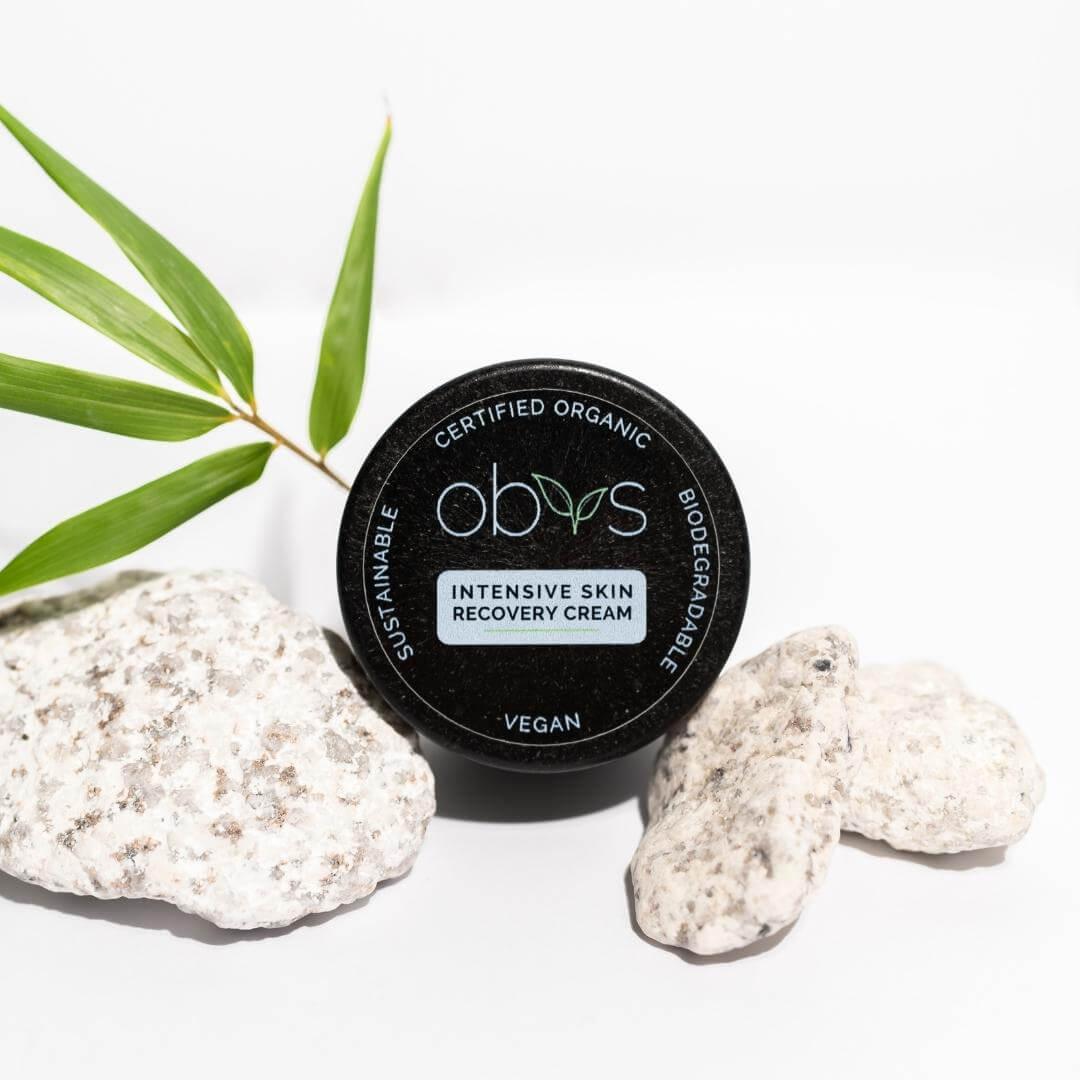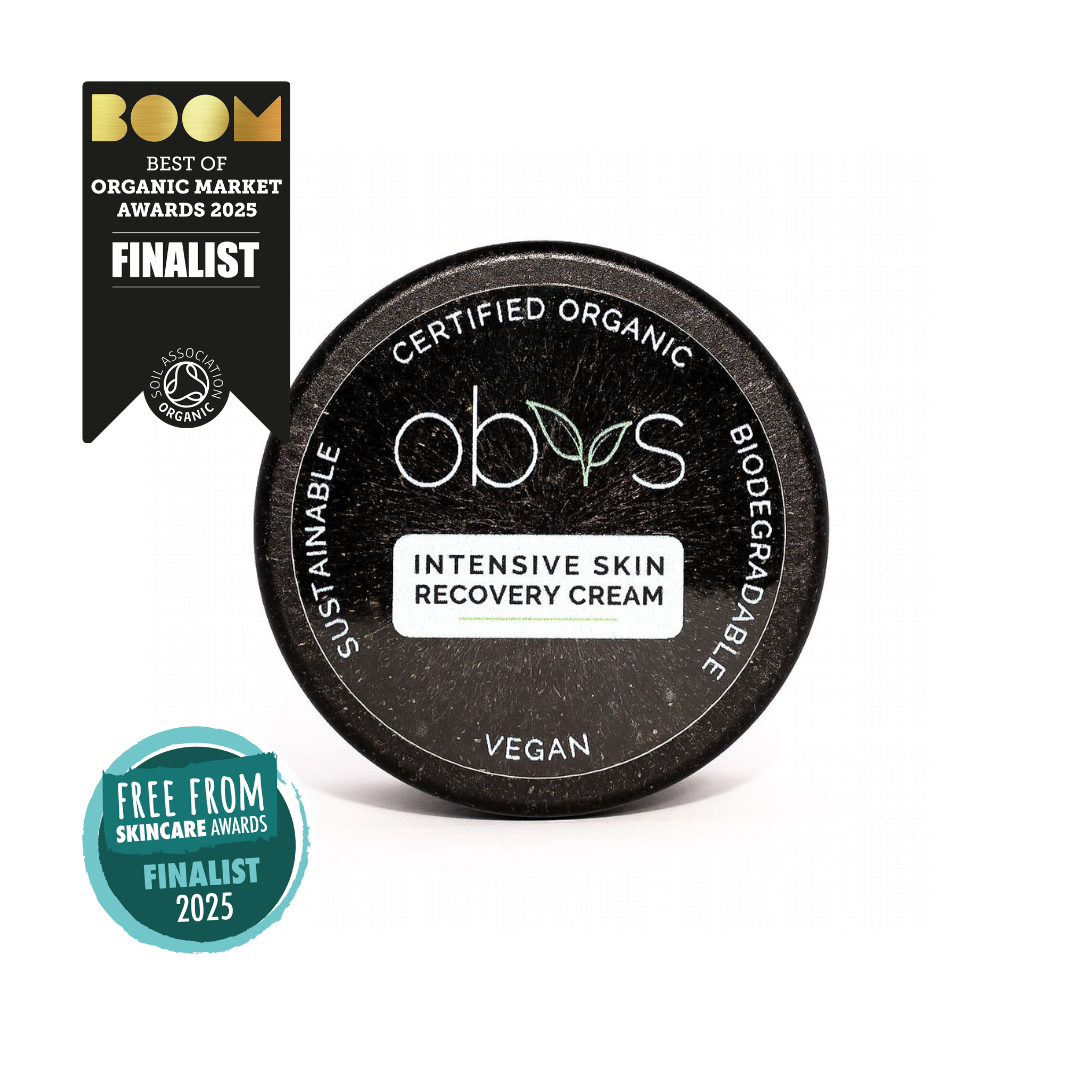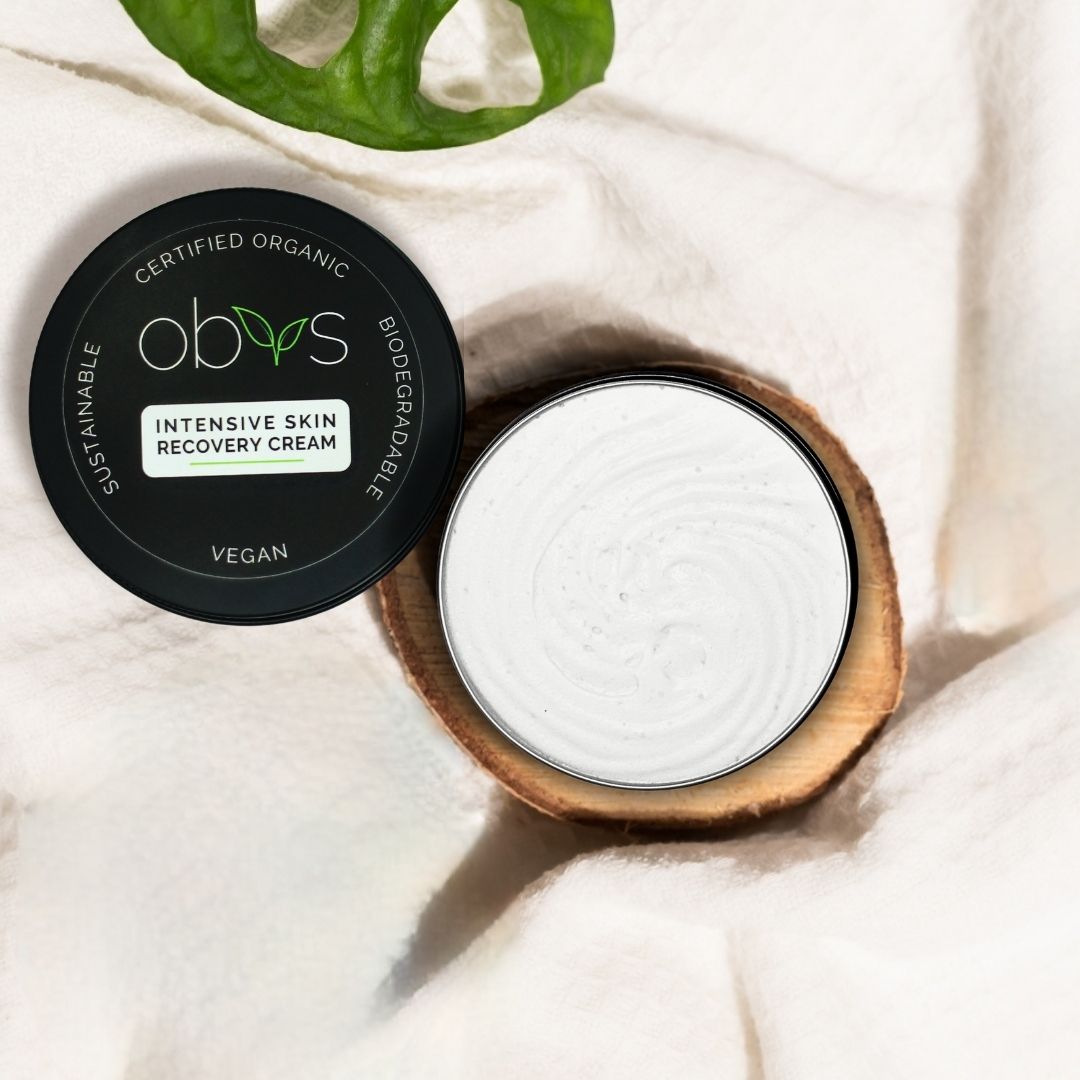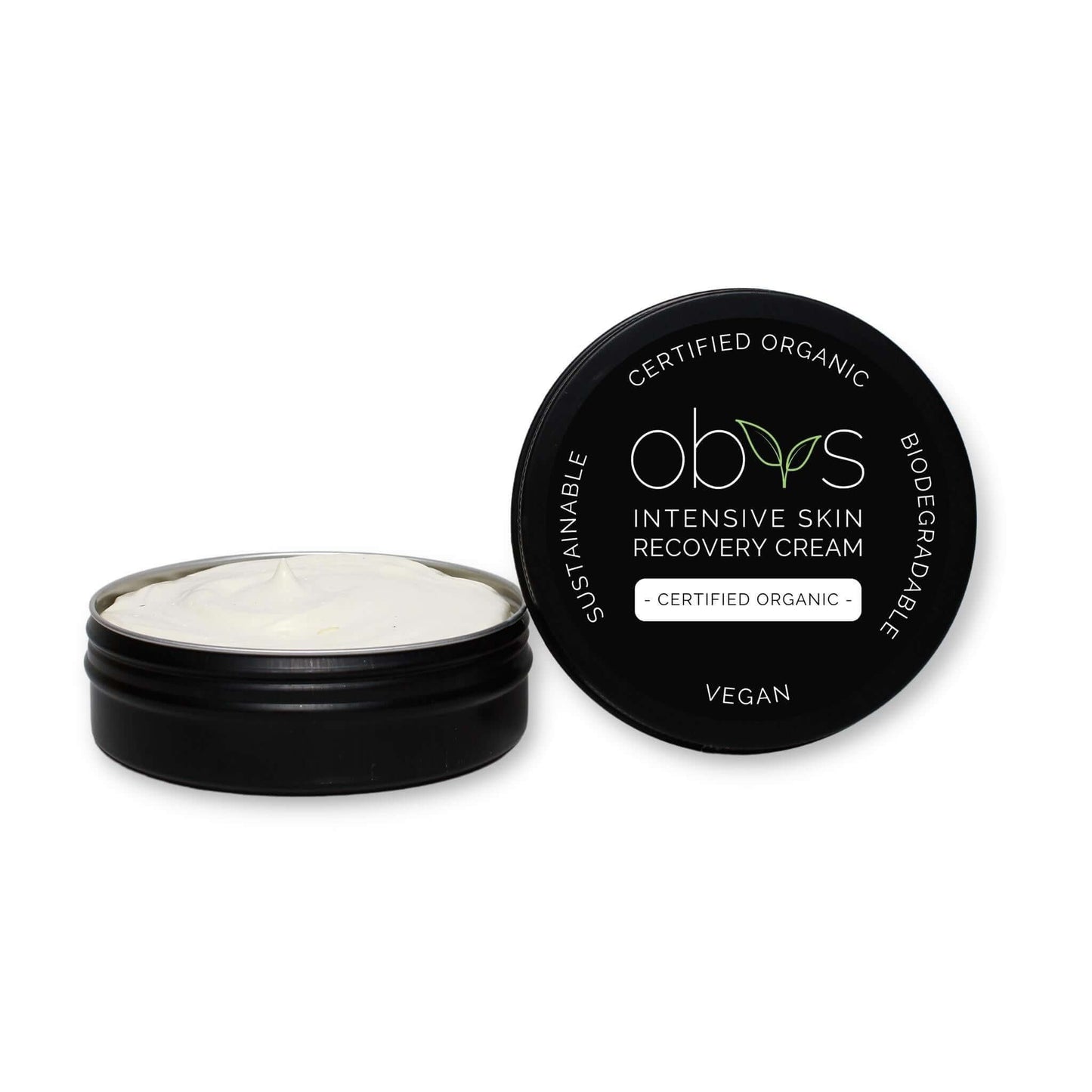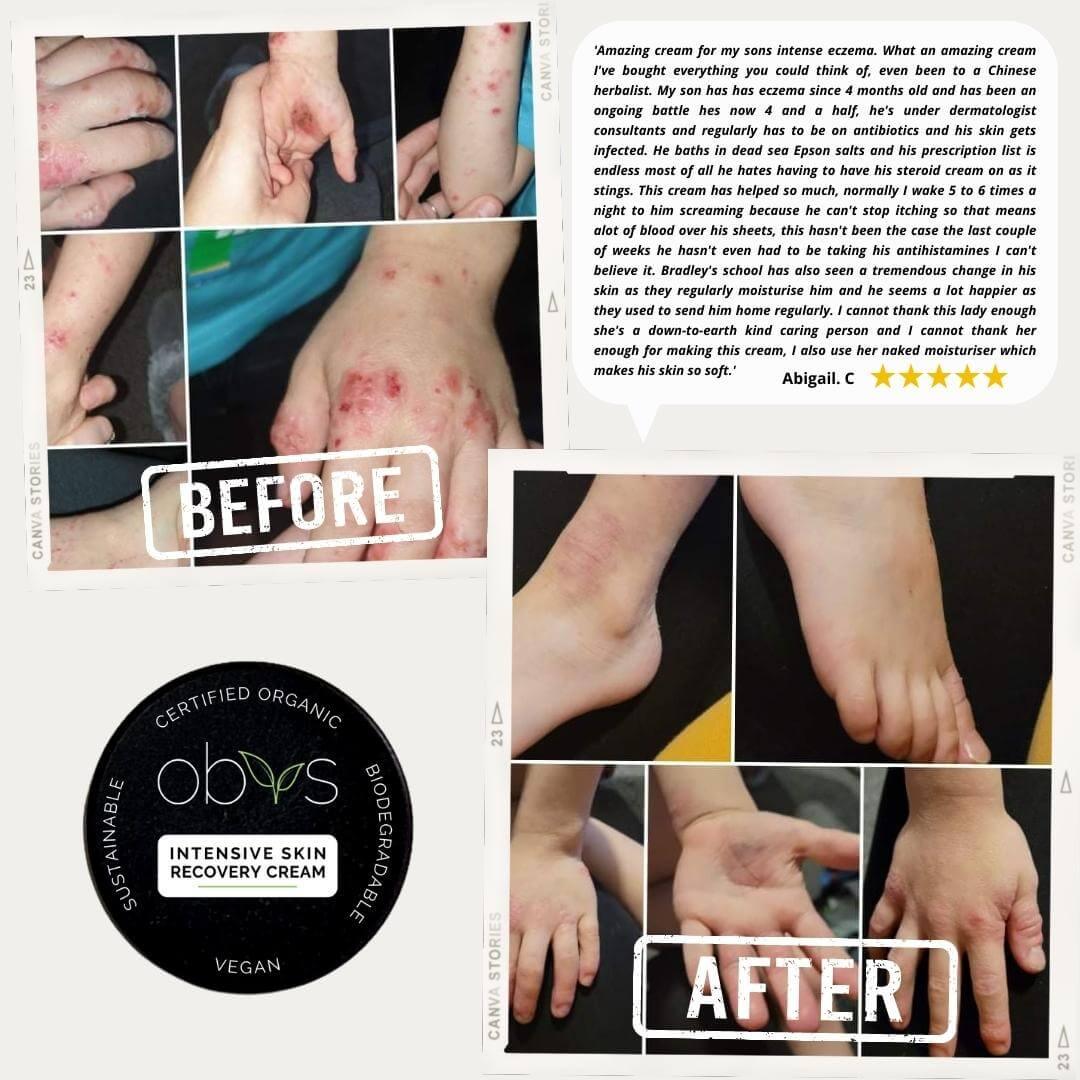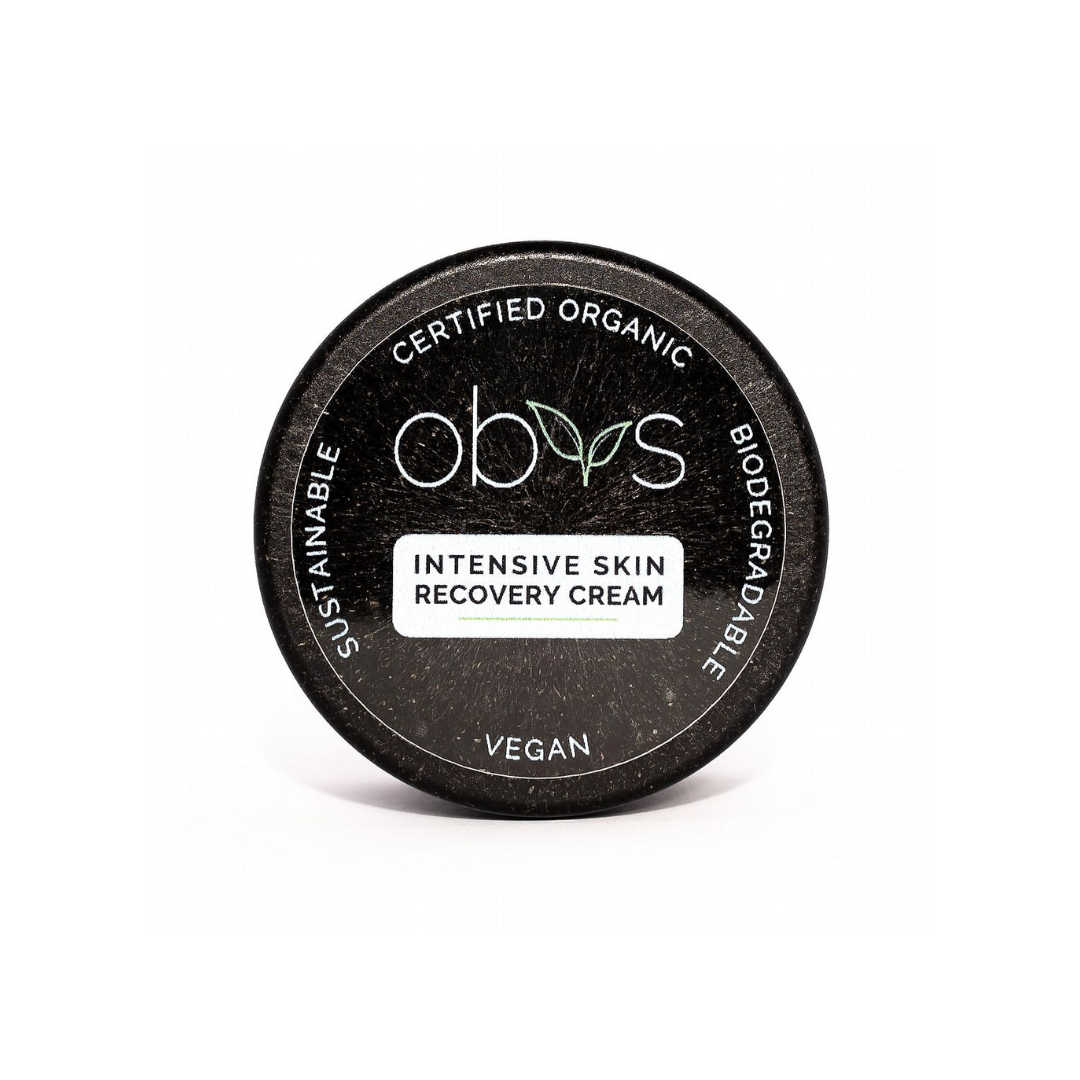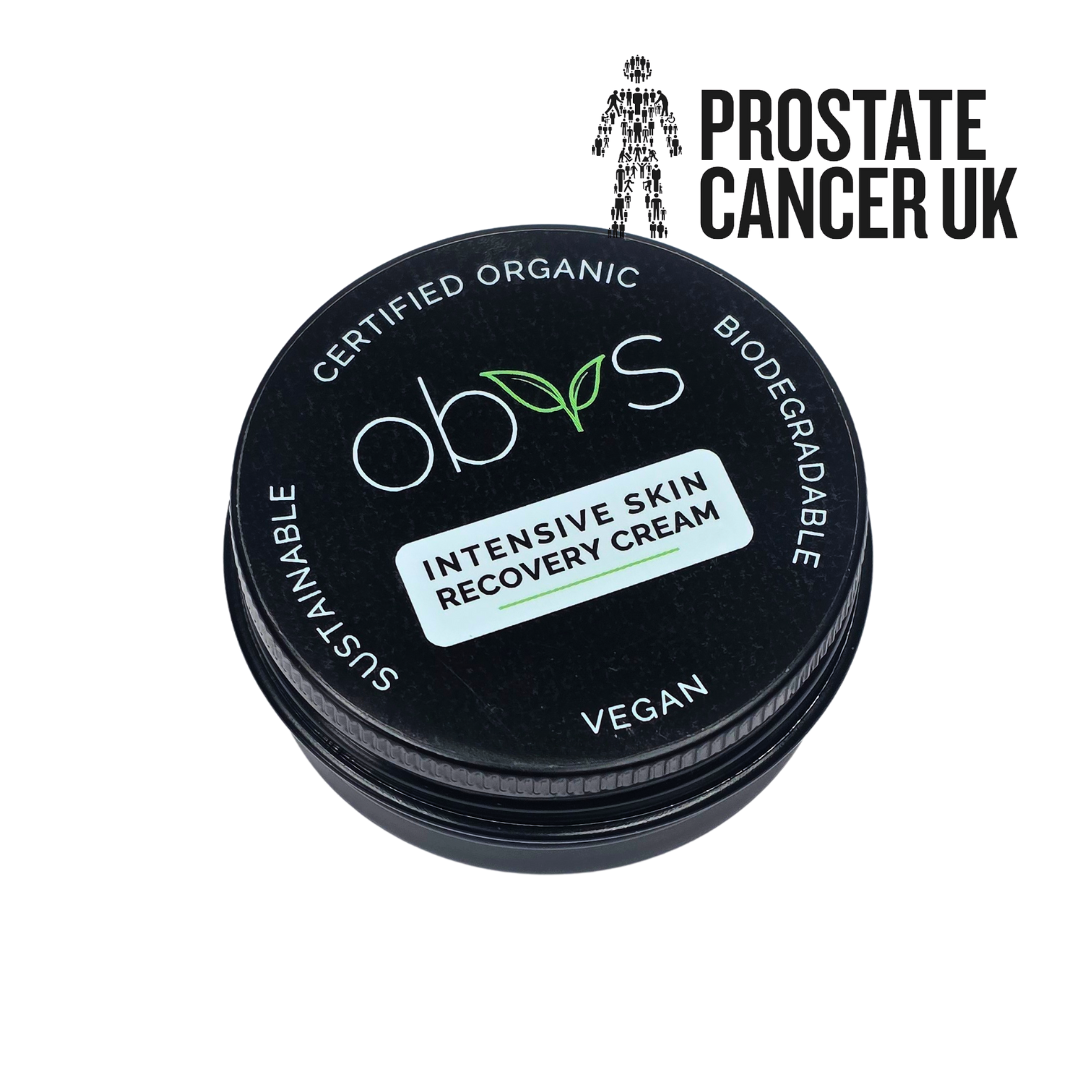
Why I Think Mitchum Deodorant Is Causing Burns - And How You Can Help Test It
Share
I’ve been following the recent Mitchum deodorant recall scandal very closely, and like many of you, I was shocked to see the photos and read the stories of people suffering from rashes, blisters, chemical burns, and painful irritation after using certain Mitchum deodorant batches.
Mitchum has said the deodorant formula hasn’t changed, only the manufacturing process for one of the raw ingredients. That made me curious: how could that alone cause such a dramatic reaction, and what is really behind these deodorant burns?
Here’s what I think. The active ingredient in Mitchum antiperspirants is an aluminium salt, usually something like aluminium zirconium tetrachlorohydrex gly. These aluminium salts work by temporarily blocking sweat glands, but they’re very sensitive to how they’re manufactured. If the crystal size, hydration state, or pH balance shifts during production, the final product can become much harsher and irritating on the skin.
If the pH is too low (too acidic), it can behave almost like a mild acid burn, explaining the painful deodorant rash.
If the particle size changes, it may penetrate deeper into pores, leading to burning armpits and blisters.
If there are impurities or changes in solubility, you can get concentrated “hot spots” of active ingredients on your skin.
That would explain why so many people reported sudden burning, redness, and scars, rather than the slower allergic-type deodorant reactions usually linked to fragrance or preservatives.
Here’s where I’d love your help. If you happen to have one of the recalled Mitchum deodorant batch numbers, could you test its pH? You don’t need professional lab equipment, a simple pH strip would do, or even the DIY red cabbage water test for acidity (which changes colour depending on pH). If you share your results with me, it could shed light on whether these Mitchum recalled deodorant batches are unusually acidic compared to normal.
I’m not saying this is the only explanation, but it’s a strong possibility. And if true, it highlights how cosmetic chemistry works: even a small change in deodorant ingredient manufacturing can transform something safe into something harmful.
If you’ve got one of these recalled bottles, please get in touch and let me know if you’re willing to test it. Together, we might help figure out why Mitchum deodorant is burning people’s skin and add more clarity to this Mitchum recall investigation.

